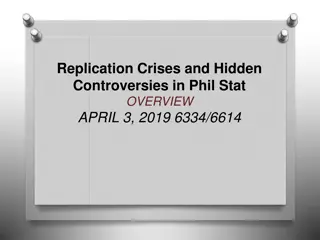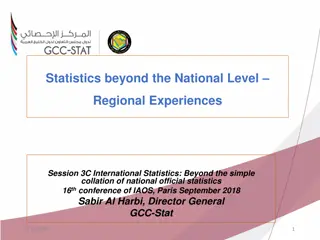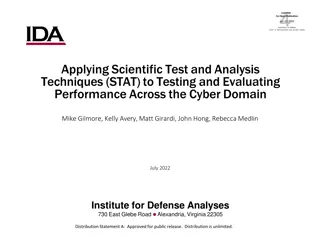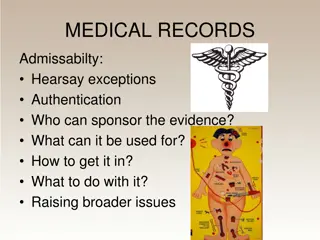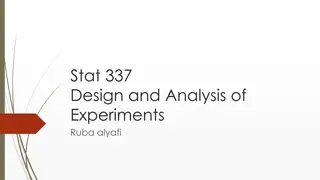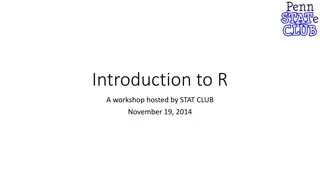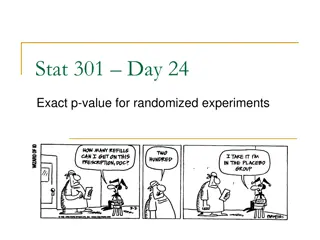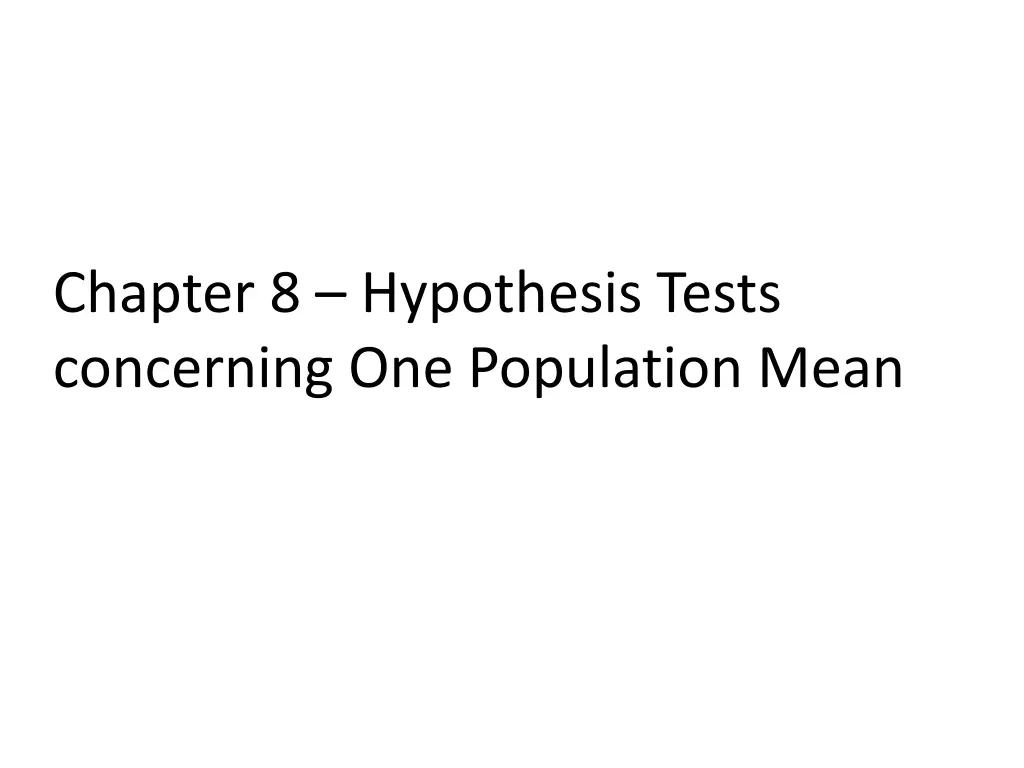
Understanding Hypothesis Tests: Errors and Significance Levels
Explore the concept of hypothesis tests in statistics, including the significance levels chosen by researchers and the types of errors that can occur. Learn about Type I and Type II errors in hypothesis testing and the implications of making incorrect decisions in a statistical study.
Download Presentation

Please find below an Image/Link to download the presentation.
The content on the website is provided AS IS for your information and personal use only. It may not be sold, licensed, or shared on other websites without obtaining consent from the author. If you encounter any issues during the download, it is possible that the publisher has removed the file from their server.
You are allowed to download the files provided on this website for personal or commercial use, subject to the condition that they are used lawfully. All files are the property of their respective owners.
The content on the website is provided AS IS for your information and personal use only. It may not be sold, licensed, or shared on other websites without obtaining consent from the author.
E N D
Presentation Transcript
Chapter 8 Hypothesis Tests concerning One Population Mean
Two different conclusions based on different ? values. Who picks ?? What is ??
The value of ? is picked by the researcher. Recall: Step 2: Decide upon a level of significance for the test The most commonly chosen value is ? = 0.05 or a 5% significance level, but any value of ? from 0 to 1 can be chosen.
Types of Error There are two types of error associated with an hypothesis test. Consider the hypothesis test: ??: Person is innocent ??: Person is guilty
??: Person is innocent ??: Person is guilty Trial occurs and jury renders a verdict (decision) If verdict is innocent and person really is innocent then correct decision If verdict is guilty and person really is guilty then correct decision
??: Person is innocent ??: Person is guilty What types of incorrect decisions or ERRORS can be made?
??: Person is innocent ??: Person is guilty Guilty person declared innocent set free Innocent person convicted fried
??: Person is innocent ??: Person is guilty
??: Person is innocent ??: Person is guilty
A Type I error is defined as the experimenter rejecting the validity of the null hypothesis even though it is true. A Type II error is defined as the experimenter failing to reject the validity of the null hypothesis even though it is false.
When an experimenter conducts a hypothesis test and chooses an alpha level (which is usually chosen to be = 0.05) they are choosing the size of the Type I error. In other words, Type I error = .
Type II error cannot be chosen explicitly by the experimenter.
Type II error depends on the following things: Choice of level of the hypothesis test or Type I error. The smaller an experimenter makes the Type I error, the greater the Type II error becomes and vise versa, the greater an experimenter makes the Type I error, the smaller the Type II error becomes. This is unavoidable!
Type II error depends on the following things: Sample size. The greater the sample size, the smaller the Type II error becomes.
Type II error depends on the following things: Variability in the population being studied (abbreviated as , or the population standard deviation). The greater the variability the greater the Type II error.
Assumption of the one-sample t hypothesis test in order for the decision to be valid: The random sample came from a normal distribution OR The random sample size is ? 30
A researcher has a random sample of 18 and the normal probability plot is below. The t distribution assumption is met A. True B. False
A researcher has a random sample of 4,232 and the normal probability plot is below. The t distribution assumption is met A. True B. False




